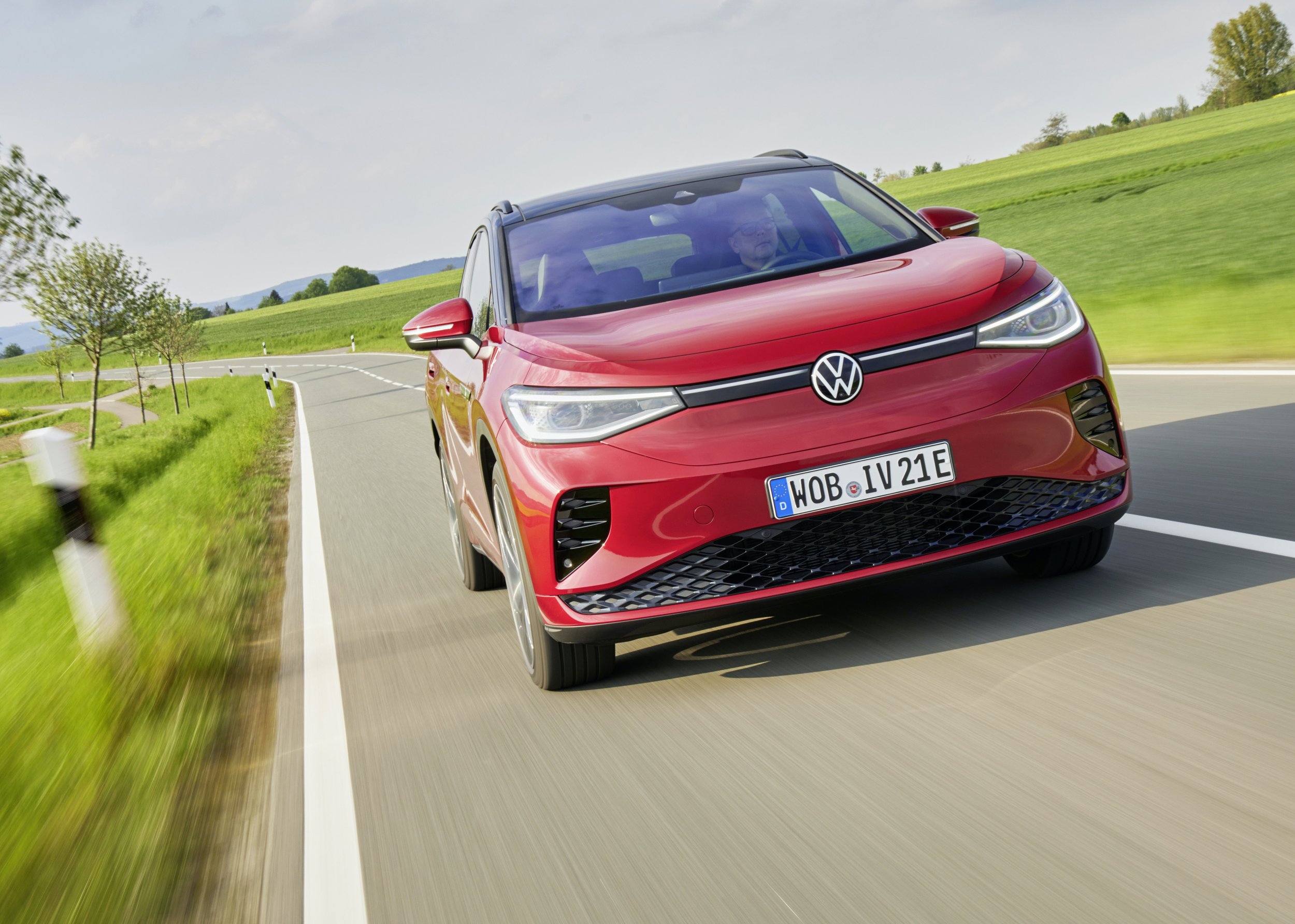More ID choices for NZ envisaged
/Distributor offers thought on dual motor hotties and says ID.3 is now a consideration.
POTENTIAL for higher performance dual motor all-wheel-drive versions of the ID.4 and ID.5 crossovers to join the rear-drive editions that will kick Volkswagen New Zealand’s entry into the electric car market early next year seems possible.
In addition to apparently mulling those products – which top out with GTX-badged performance flagships that are an electric equivalent to the hot petrol-fed ‘R’ cars that are well-received by Kiwis – the Auckland-based distributor has admitted to u-turning on the ID.3 (below), a smaller hatchback model that effectively stands as a successor to the only previous electric car it has sold here, the Golf-e.
The ID.3, which is purely rear-drive at present but seems likely to go dual motor in time, was previously discounted from the local plan, but has been arriving anyway as a parallel import. Now VW NZ says it is also working hard to secure it as a NZ-new car.
It avails in other markets as a lower-cost alternate to the ID.4 and ID.5, so having it might conceivably give allow VW’s electric range achieve a lower price point that has presently been indicated.
Comment has come from Helena Schultz, VW NZ’s marketing manager, in the wake of release of information earlier this week specifying that two ID.4 and two ID.5s are initially being offered, all with a common single motor drivetrain and battery size, in Pro and Pro Plus trim.
Build and shipping schedules set with Germany aim to have the first cars here in April or May.
With a price of $79,990 drive away, the ID.4 Pro is the sole edition to achieve the Government’s Clean Car rebate, which has flavoured new electric car buying trends since it introduced earlier this year.
That $8625 refund earner sites $10,000 below the ID.4 Pro Plus. The ID.5, which differs in styling by affecting a coupe-inspired sloping roofline, will cost $85,490 in Pro and $94,490 in Pro Plus. The ID.4 Pro Plus and ID.5 prices all exclude on-roads.
VW NZ has been working to secure ID product for some time, but has found that task challenging, with Wolfsburg straight away determining Europe as a priority market. Availability also became more complex due to coronavirus, the semiconductor shortage and component suppliers in the Ukraine being disrupted.
Until now, the only right-hand-drive market for ID of significance has been the United Kingdom, and that’s become a sourcing point for grey import cars to NZ, primarily ID.3, the first of the range to enter production, in 2020.
Schultz says the VW NZ’s allocation is still being finalised “but it will be substantial. We will confirm indicative numbers close to the launch.”
The NZ-market derivatives all configure with a 150kW/310Nm single motor driving the rear wheels, fed by a 77kWh liquid cooled lithium ion battery. Cited range for all is 485 kilometres. Average energy consumption is 14.5kWh/100km.
Internationally, the ID.4 and ID.5 line start with a 109kW/220Nm rear-drive model that uses a 55kWh battery pack to enable a range of 346km, and peaks with the all-wheel drive ID.4 GTX performance variant with 220kW, a 82kWh battery and an official (claimed) range of around 482km.
In respect to the likelihood of dual motor editions, she replied: “At this stage, we will only be introducing rear wheel options. They have a model life of five (to) six years, so watch this space.”
There has been talk to ID.3 being held out until occasion of a mid-life facelift, which seems probable either late next year or in early 2024.
To this, Schultz said: “We are (also) working very hard with our factory to secure the ID.3 however, our current focus in on serving the biggest segment of the market with the ID.4 and ID.5.”
The ID line bases on the MEB platform that is being shared with the entire VW Group and will underpin sister cars from Audi (Q4), Skoda (Enyaq), Cupra (Born) and Porsche (Macan EV). All those are cited for NZ availability, most from 2023.
Audi has indicated the Q4 will avail as an entry rear-drive, but otherwise avail in dual motor – labelled, of course, as ‘quattro.’ The Enyaq and Born are also likely to offer both choices.
The Cupra is most closely related to the ID.3, which also has a range of battery packs and electric motor outputs; 45kWh, 58kWh and 77kWh lithium battery packs are available, offering up to 548 kilometres of electric driving range.
The flagship edition produces 150kW and 310Nm and can accelerate from 0 to 100kmh in 7.3 seconds.
VW Germany has indicated the most powerful ID.4 and ID.5 GTX’s 220kW powertrain is highly probable for the ID.3 in time.
Given that NZ is keen on performance VWs, and also with VW Australia now working to secure a full range of ID product, assumption that the GTX will a priority for this part of the world seems fair.



















